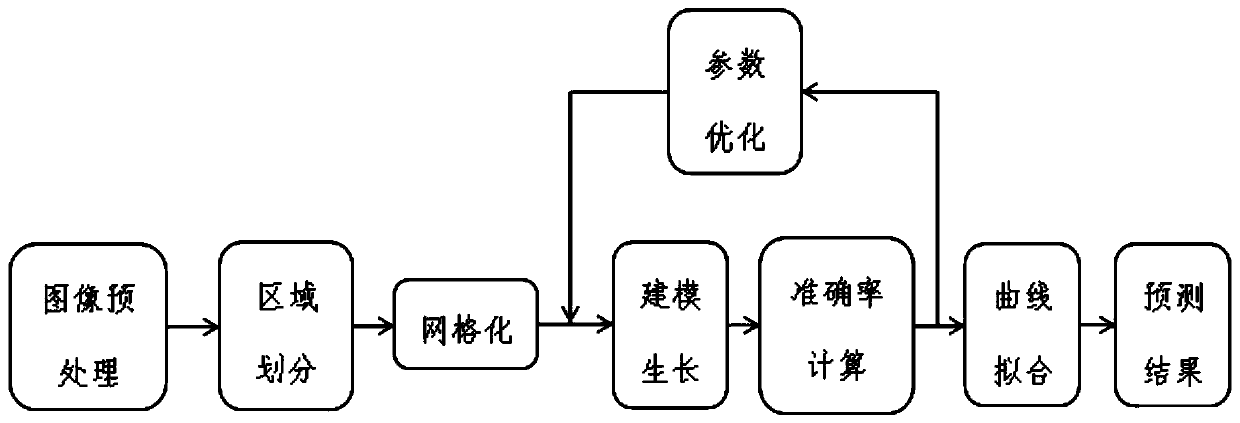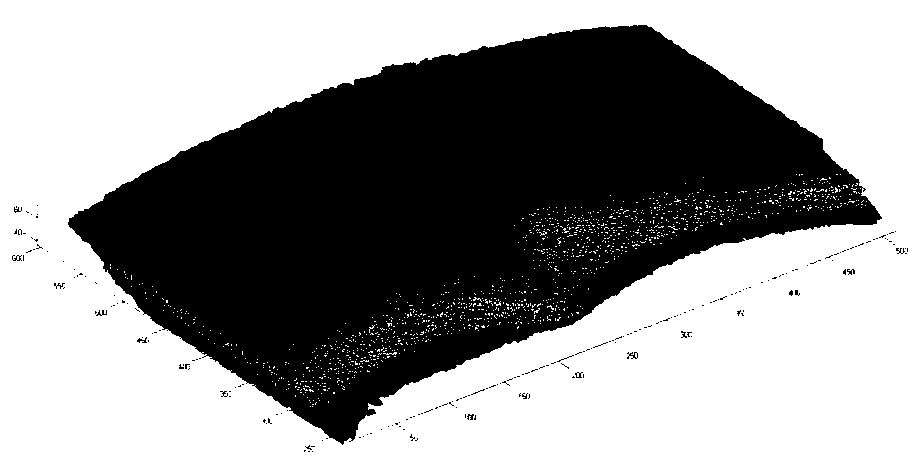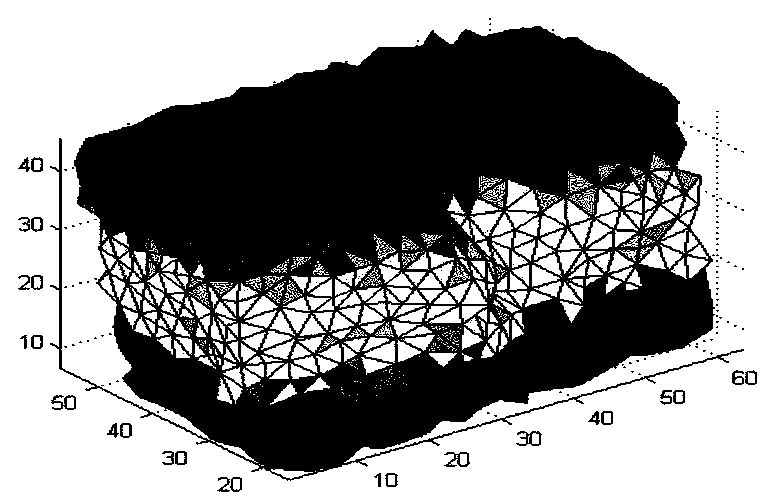Prediction method of choroidal neovascularization based on constitutive model and finite element method
A new blood vessel and constitutive model technology, applied in 3D modeling, instrumentation, design optimization/simulation, etc., can solve the problem of not taking into account the different biological characteristics of different tissue structures, inaccurate prediction of large deformation changes, and only linear prediction Changes and other issues to achieve good prediction results and high accuracy
- Summary
- Abstract
- Description
- Claims
- Application Information
AI Technical Summary
Problems solved by technology
Method used
Image
Examples
Embodiment Construction
[0055] Specific embodiments of the present invention are described in further detail below:
[0056] The basic block diagram of this method is as follows figure 1 As shown, it mainly includes the following steps:
[0057] 1) Image preprocessing
[0058] (a) Down-sampling processing: In order to improve processing efficiency and optimize memory usage, in this embodiment, the three-dimensional retinal SD-OCT image with 512*1024*128 pixels is down-sampled to 64*64*64 pixels.
[0059](b) OCT image registration was performed using CAVASS software (software developed by MIPG).
[0060] 2) Region extraction and division
[0061] Manually mark the gold standard to extract the retinal region of interest (CNV region) and divide the surrounding tissues (inner retinal layer, outer retinal layer, choroid layer);
[0062] 3) Meshing, using a 3D surface and volumetric mesh generator for multiscale, adaptive tetrahedral mesh generation of the CNV region, inner retinal layer, outer retinal...
PUM
 Login to View More
Login to View More Abstract
Description
Claims
Application Information
 Login to View More
Login to View More - R&D
- Intellectual Property
- Life Sciences
- Materials
- Tech Scout
- Unparalleled Data Quality
- Higher Quality Content
- 60% Fewer Hallucinations
Browse by: Latest US Patents, China's latest patents, Technical Efficacy Thesaurus, Application Domain, Technology Topic, Popular Technical Reports.
© 2025 PatSnap. All rights reserved.Legal|Privacy policy|Modern Slavery Act Transparency Statement|Sitemap|About US| Contact US: help@patsnap.com



